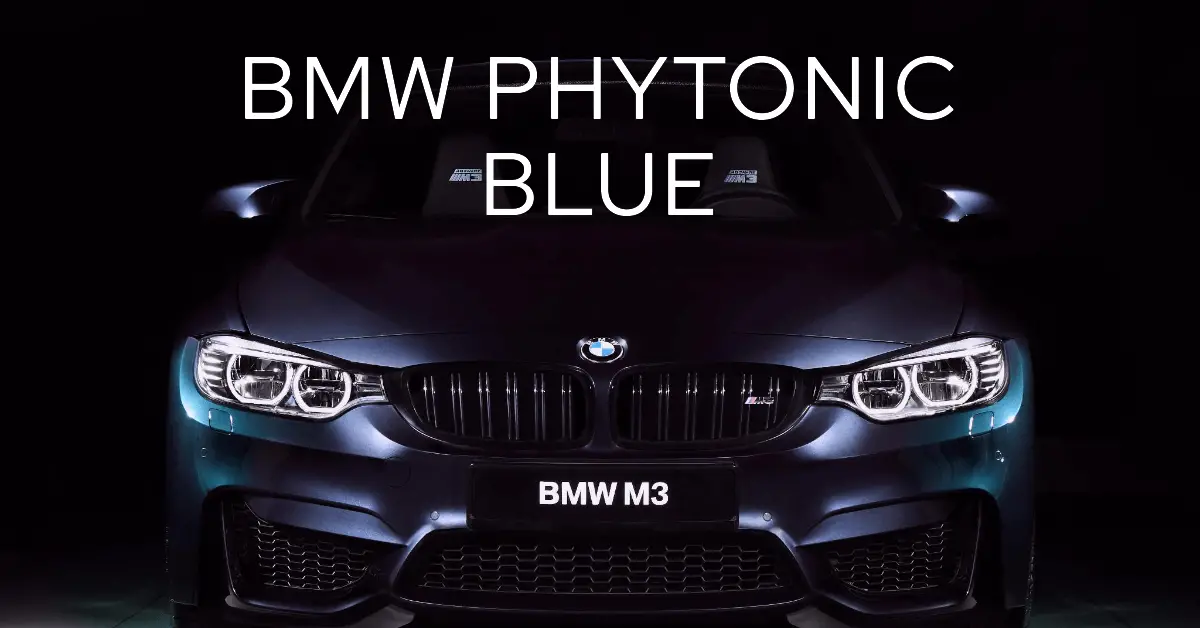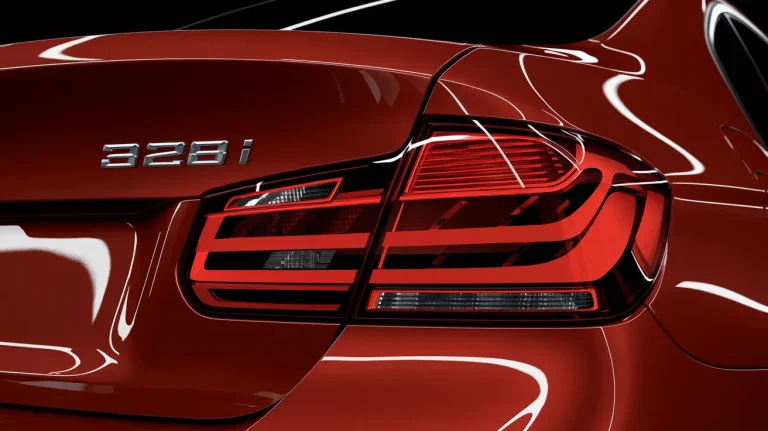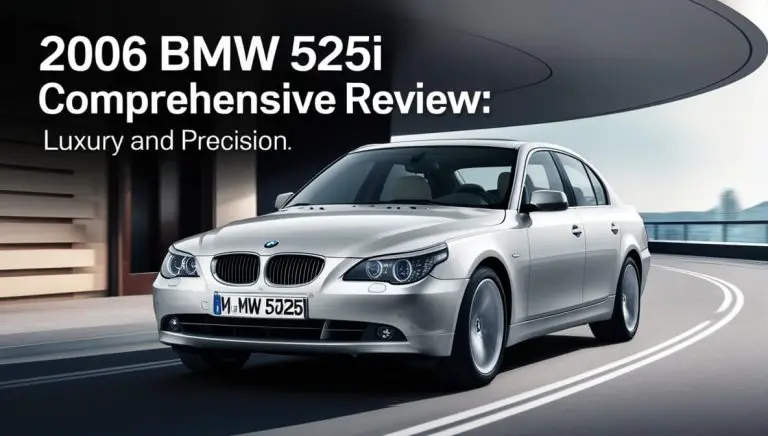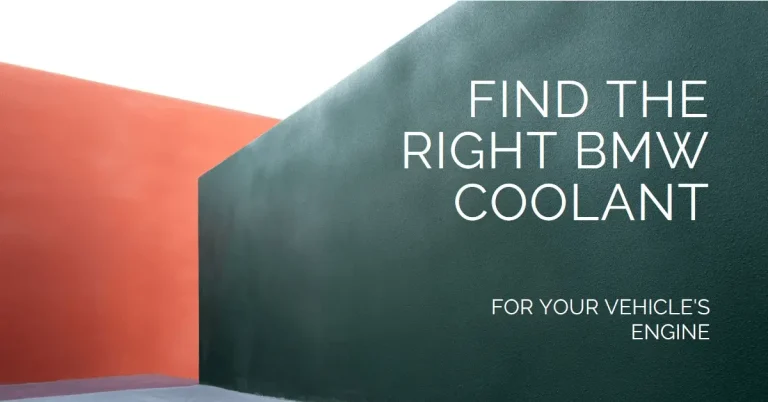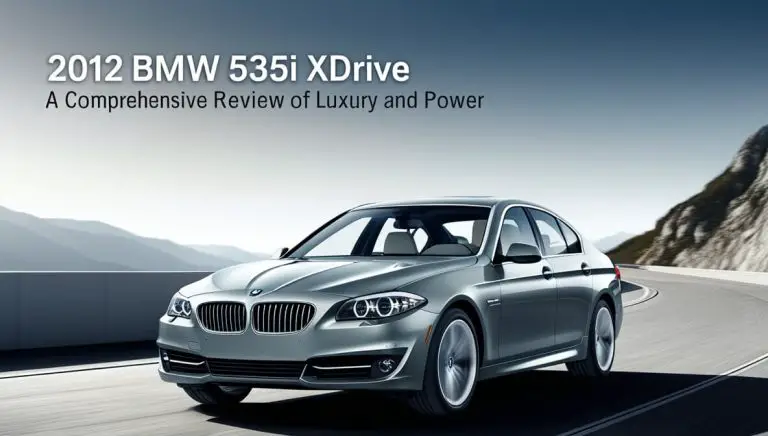A Deep Dive into the History and Details of BMW Phytonic Blue Color
BMW’s vehicle color palette features many iconic hues, but few are as recognizable and evocative as Phytonic Blue. This medium blue shade has a rich history with BMW. So what exactly is BMW Phytonic Blue and what makes it stand out? Read on to learn all about the origins, evolution, and unique attributes of this storied BMW color.
The Origins and History Behind BMW Phytonic Blue
Phytonic Blue first appeared in BMW’s color lineup in the 1970s. The eye-catching blue tone made its debut on BMW’s E9 coupe models, including the 3.0 CSL and 3.0 CSi in the early-mid 1970s. During this period, BMW began putting greater emphasis on using color as a key part of its vehicle branding and identity. Standout colors helped BMW models grab attention and stand apart from rivals.
The 1970s brought greater experimentation with bold, dynamic colors across industries like fashion and interior design. BMW embraced this shift, moving away from the more staid color palettes of the 1960s. Their new Medium and Brilliant Tone palettes introduced vibrant metallic and mineral effect colors like Phytonic Blue to BMW models of the era.
Phytonic Blue emerged as a rising BMW color star in the 1980s. It featured as an option on BMW 3 Series (E30), 5 Series (E28), 6 Series (E24), and 7 Series models of the 80s. The exciting blue hue perfectly suited these Ultimate Driving Machines. Against the backdrop of 1980s “yuppie” culture, Phytonic Blue caught eyes and became a status symbol. BMW had succeeded in making their models cut through the visual clutter thanks to the dynamics of Phytonic Blue.
Moving into the 1990s, Phytonic Blue continued its ascent, adorning BMW models like the E36-generation 3 Series, E34 5 Series, and others. By this point, there was no mistaking a Phytonic Blue BMW cruising down the street. The color had become an icon of the brand.
Today, Phytonic Blue has achieved true classic status across BMW model lines. It has adorned BMWs for over forty years and across multiple vehicle generations. Over the decades, the pigments and formulas used to produce Phytonic Blue have evolved and changed. But BMW has kept the color in their portfolio as an homage to their rich heritage.
What BMW Models Offer Phytonic Blue Today?
In 2023, BMW offers Phytonic Blue Metallic as a standard color option on models including:
- BMW M Models: M3, M4, M5, M8, X5 M, X6 M
- 7 Series Sedans
- 8 Series Coupes and Convertibles
- X5, X6, X7 SAVs
- i4 Electric Sedan
- iX Electric SUV
BMW has reserved Phytonic Blue for many special and limited edition contemporary models that pay tribute to classic BMWs. These include:
- BMW 3.0 CSL Homage Concept from 2015 – This built-to-celebrate concept car unveiled at Villa d’Este revived Phytonic Blue in tribute to the original 1970s 3.0 CSL.
- BMW M3 30 Years American Edition (2022) – Launched to mark 30 years of the M3 in the US market, this limited run of 500 cars featured Phytonic Blue paint.
- BMW M3 CS (2018) – The high performance M3 CS coupe offered Phytonic Blue as an exclusive color choice.
Phytonic Blue is also a popular choice for custom BMW individual color programs like BMW Individual Manufaktur. This allows customers to option their new BMW in a custom Phytonic Blue paint job.
The Evolution of Phytonic Blue Over the Years
While instantly recognizable as Phytonic Blue, the precise shades and tones of this color have evolved subtly over time. The changes reflect advances in pigments and paint technology as well as shifts in style and preferences.
Phytonic Blue in the 1970s
On early cars like the 3.0 CSL and 3.0 CSi, Phytonic Blue had a very bright, vibrant, concentrated appearance. The paint finishes of the era gave the color an intense saturated look, almost synthetic in effect. It really captured the groovy, psychedelic mood of the 1970s.
Phytonic Blue in the 1980s
The 1980s brought a shift to a cooler, more metallic iteration of Phytonic Blue. Cars like the E30-generation BMW 3 Series wore a deeper, mineral-like Phytonic Blue with more grey undertones. This version aligned with the more subdued, elegant preferences of 80s luxury tastes.
Phytonic Blue in the 1990s
In the 1990s, Phytonic Blue evolved again, lightening up compared to the 1980s version. Late 90s applications of Phytonic Blue on cars like the E36 3 Series and E38 7 Series took on a softer, lighter, more vivid tone. The color shifted closer to a true medium blue again.
Phytonic Blue Today
On today’s BMW models, Phytonic Blue Metallic appears brighter and more vibrant again compared to 1990s examples. Advances in pigment chemistry and paint technology allow BMW to produce eye-catching, vivid blues with depth, luster and richness. Phytonic Blue has come full circle, reminiscent of its initial 70s version but with far more advanced color attributes.
So while the Phytonic Blue of today still carries that familiar BMW identity, side by side comparisons reveal the intriguing small differences across the decades. These subtle tonal shifts reflect changing styles, materials, preferences and capabilities from the 1970s to today.
What Makes Phytonic Blue Unique?
Phytonic Blue makes a strong visual impact thanks to its specialized pigments and the way BMW paints are formulated. What gives Phytonic Blue its unique personality?
Radiant Effect
Phytonic Blue metallic paint uses specially formulated pigments to create an intense, radiant effect. As sunlight hits the paint, wavelengths are reflected back more directly to the viewer’s eye compared with other paint types. This adds to the dynamic brilliance of Phytonic Blue.
Color Travel
Phytonic Blue exhibits an exciting phenomenon called color travel. As you move around the car, the color tone shifts subtly in a cool interplay between light and dark blue tones. This morphing color dance keeps Phytonic Blue from looking flat. The finish is full of life.
Sensitivity to Ambient Light Colors
Phytonic Blue changes personality notably depending on lighting conditions. Under warm sunset light, it takes on a rich, exotic mood. Under cold midday light, the blue tones appear crisp and fresh. This chameleon-like color behavior makes Phytonic Blue constantly interesting.
Impressive Luster
Paint suppliers formulate the pigments in BMW’s Phytonic Blue to deliver maximum luster and visual depth. When detailing a Phytonic Blue BMW, the reward is paint with liquid-like reflective properties. Phytonic Blue dazzles with its wet shine when polished and preened.
Color Harmony With Interior Tones
Many BMW models offer customized interior materials and colors. BMW designers skillfully combine various leather, trim and detail colors that complement Phytonic Blue. For example, a cognac brown leather plays up the earthy richness of Phytonic Blue’s mineral undertones. Brightwork trim underscores Phytonic Blue’s flashier side.
Why Phytonic Blue Remains an Iconic BMW Color
Phytonic Blue has maintained impressive longevity and recognition across BMW generations. Here are some of the key factors that have contributed to its rise as a BMW icon:
Long-Running History with BMW
The 40+ year presence of Phytonic Blue on BMWs gives it an unrivaled heritage among the brand’s color portfolio. It has graced BMWs for decades, tying together past and present.
Association With High Performance BMWs
Many of BMW’s highest performance models have worn Phytonic Blue, including the early 3.0 CSL and CSi and today’s M cars. Phytonic Blue communicates speed and excitement.
Unique Color Properties
The radiance, light reactivity and tonal vibrancy of Phytonic Blue make it truly unique. BMW has strategically maintained its “ownable” blue identity over generations.
Recognizability
Phytonic Blue is responsible for many double takes on the street. The color is now ingrained as a distinctly BMW look, even as shades evolve across eras. For BMW enthusiasts, spotting a Phytonic Blue model evokes nostalgia and brand passion.
Personality
Beyond its visual distinction, Phytonic Blue projects a dynamic, engaging personality. BMW designers have ensured the color remains relevant, not staid, through its history. There is a timeless youthful energy embodied in Phytonic Blue.
Conclusion
Over its 40+ year history, BMW’s Phytonic Blue has earned its status as an iconic BMW color. With its intriguing blend of blue tones that shift in different light, Phytonic Blue embodies the excitement, passion, and bold personality associated with BMW’s ultimate driving machines. This storied hue continues to have an enthusiastic following among BMW fans and collectors, making it truly one of the brand’s most legendary colors.
Phytonic Blue has done more than visually enhance BMW models across generations. It has become an integral part of BMW’s brand identity. As BMW has evolved from niche German upstart to dominant global player, Phytonic Blue remains a symbol of the company’s heritage. Yet it has transformed in parallel with advancements in paint technology and changing styles.
For BMW devotees, Phytonic Blue evokes a sensory experience greater than the sum of its pigments. It represents driving joy, performance, style and that special bond owners have with their BMWs. Debates may continue regarding BMW’s most iconic cars across eras, but there is no argument that Phytonic Blue stands alone as the brand’s most recognizable and historic color.

